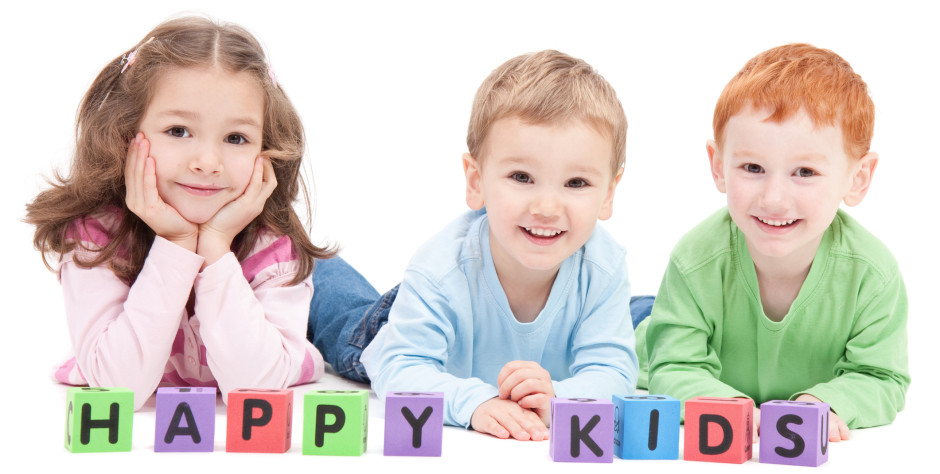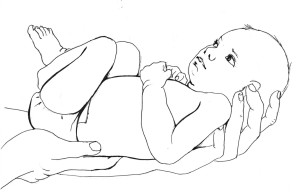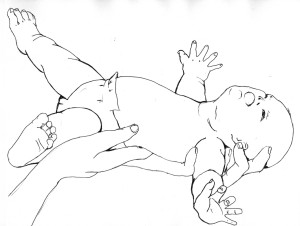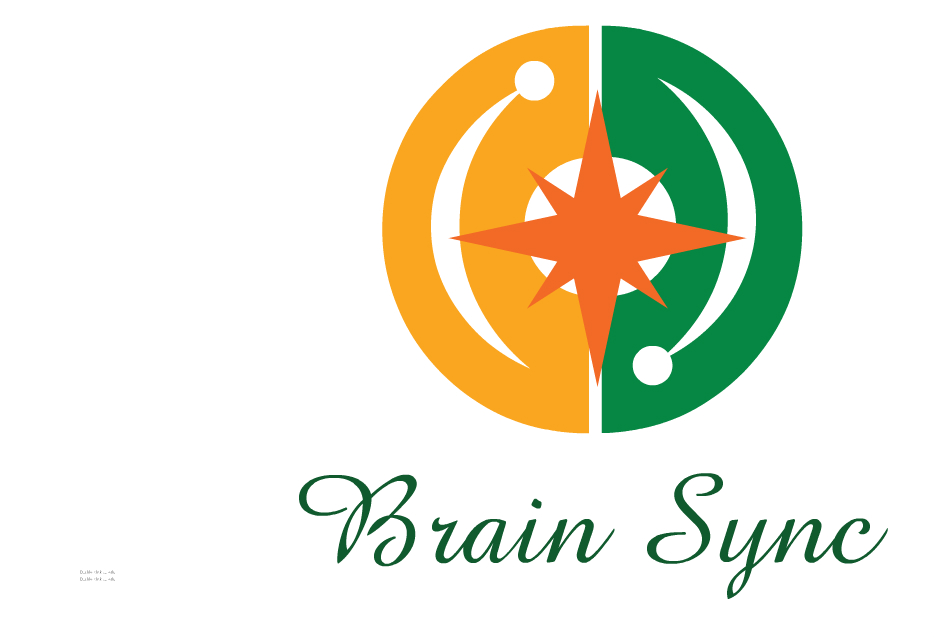Tonic Labyrinthine Reflex (TLR)
- When lying on the back, the baby’s head moves forward, above the level of the spine.
Response to Trigger
- Arms and legs pull up and close to the body
- When laying on the back, the baby’s head moves backward, below the level of the spine.
Response to Trigger
- Arms and legs extend away from the body.
- It is the baby’s first response to gravity.
- The TLR determines the tone throughout the body, helping the newborn straighten out from the flexed or curled up posture at birth.
- The Moro and TLR are related because both are stimulated with head movements, which stimulates the vestibular system (the balance system in the inner ear)
- There are two components of this reflex: the forward TLR is present in utero and is integrated at around 4 months old. The backwards TLR is present at birth and gradually becomes integrated as higher level reflexes develop, from 6 months up to 3 years old.
When the TLR is retained, every time the child moves his head, his muscle tone changes in response, which will affect his balance.
Balance and vision are connected on the same loop. Information from where the body is in space goes to the brain (vestibular nuclei) and then to the eyes. Information also goes from the eyes through the brain and back to the body so the adjustments can be made in the body’s position. A retained TLR gives faulty messages between the brain and the receptors that determine where the body is in space (proprioceptors), which affects the eyes.
The child does not have a stationary reference point so his judgment of space, distance, depth and speed will be affected. Not only does this affect the child’s vision, but also affects his sense of where his body is in space and his sense of direction, up vs. down, right vs. left.
With a mismatch of information between the eyes and the vestibular system, the child with a retained TLR does not know where his head is in space, affecting his feeling of security with respect to gravity. When he moves his head, he might feel dizzy or the feeling of falling, leading to a fear of heights.
When a baby has a retained TLR, bending its head backwards will cause the legs to straighten out. This will affect the baby’s development of creeping and crawling on hands and knees. This may lead to a retained symmetric tonic neck reflex (STNR). If the baby is unable to crawl, this will further impede the development of eye tracking, using two eyes together (binocularity), and focusing, later affecting the child’s academic abilities and coordination.
Symptoms of a Retained Forward Tonic Labyrinthine Reflex (TLR)
-
Problems with Vestibular System
-
Motion Sickness
-
Poor coordination
-
Poor balance
-
Low muscle tone
-
Fear of heights
-
Tires easily when standing for any length of time
-
Poor posture
-
Stooping
-
Head juts forward in standing
-
Avoids sports, dislikes gym class
-
Poor sequencing skills
-
Poor sense of time
-
Poor sense of rhythm
-
Problems with vision
-
Eye movement and visual perception problems
-
Problems with depth perception—difficulty estimating distances and catching balls
-
Difficulty with figure/ground discrimination (ability to determine what objects are closer than others). This is seen in difficulty walking up stairs with open risers.
-
Difficulty changing focus from near to far
Symptoms of a Retained Backward Tonic Labyrinthine Reflex
-
Problems with Vestibular System
-
Motion Sickness
-
Poor coordination
-
Poor balance
-
High muscle tone, resulting in stiff jerky movements
-
Poor posture, shoulders too far back
-
Walking on toes
-
Poor sequencing skills
-
Poor organizational skills
-
Poor sense of rhythm
-
Problems with vision
-
Eye movement and visual perception problems
-
Problems with depth perception—difficulty estimating distances and catching balls
-
Difficulty with figure/ground discrimination, which is the ability to distinguish order of objects’ closeness to the observer. This is seen in difficulty walking up stairs with open risers.
-
Difficulty changing focus from near to far




